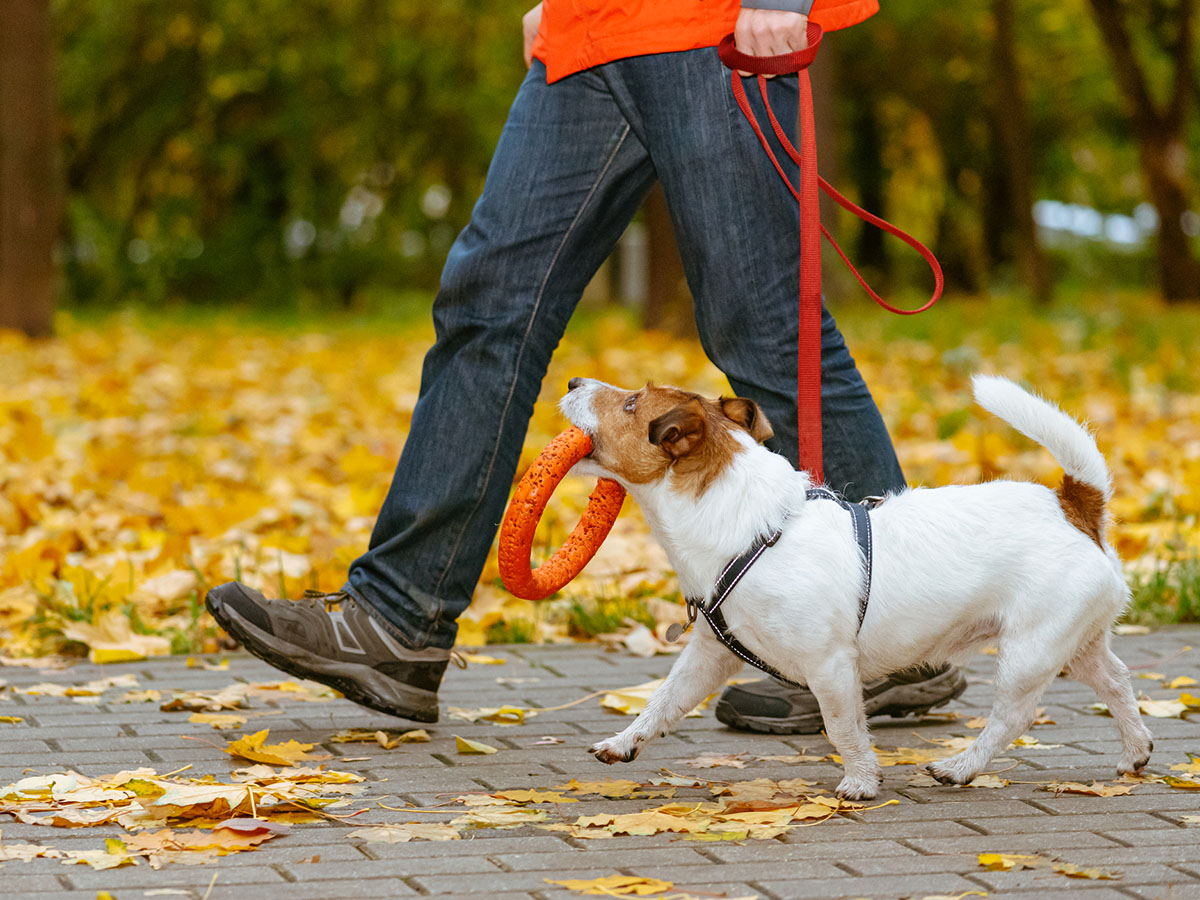Oh, no. You’ve stepped out into the backyard to call your dog, only to find the gate standing wide open and your dog nowhere in sight. What now?
If your dog is microchipped and registered with a service such as HomeAgain, your first step is to contact them. If you have a Premium membership, send rapid Lost Pet Alerts with your pet’s Lost Pet Poster to members of the HomeAgain Pet Recovery Network within a 10-mile radius. HomeAgain’s nationwide lost pet network includes over three million veterinarians, shelters, and volunteer PetResccuers – meaning you can spend less time on the phone and more time looking for your dog.
From there, it’s time to put your detective hat on and consider the specific behavior traits of your dog. How he interacts with strangers can be key to finding him.
The friendly dog
A gregarious dog will often come up to the first person that attracts his attention and wag his tail. He might only get as far as the next human he encounters, and you may find him happily hanging out with a neighbor down the street. However, because of his trusting disposition, he might be more likely to go off with a stranger, so it’s still important to act fast.
The energetic dog
Does your pup love to run? Even the most people-loving dogs can be overtaken by the sense of freedom brought on by slipping off of a leash or running through an open gate. They might even bypass familiar humans in their quest to explore and burn off their boundless energy. If you’ve got an energetic dog, you’re no doubt well aware of his tendencies. Keep a firm grip on his leash and a tight latch on the gate and be prepared to cover a lot of ground if he does get free.
The standoffish dog
A dog with an aloof temperament may be wary of strangers. Her practice of avoiding human contact may lead her farther from home, and she might be tempted to hide (and thus be harder to find quickly).
Strangers may misinterpret her wariness as unfriendliness or even the result of neglect or mistreatment. If a shy or distrustful dog takes longer to be recovered after escaping, it increases the chance that her physical appearance will be affected. She may get dirty or lose weight, adding to the misconception that she’s a “stray”. So, if you know your dog isn’t a big fan of strangers, it’s important to act fast, cover a large area quickly, and check those potential hiding spots.
The fearful dog
Some dogs’ personalities go beyond standoffish to downright fearful. This could be the result of many factors.1
Whether you’ve got a dog who’s always had a fearful nature, or you’ve opened your home and your heart to a dog with a difficult history, be vigilant. If he panics easily, a loud noise may be enough to make him bolt and run for miles, which is particularly dangerous if he’s likely to run into traffic. And of course, a fearful dog is even less likely to approach a stranger than a dog who is simply shy or standoffish, so the same risks and approaches apply. Act fast, cover a large area, and look for possible hiding places.
What to do
Even if your dog is an ongoing escape artist who’s safely returned home in the past, act fast. Don’t slow down your chances of finding her by taking a “wait and see” attitude.
Put the word out in the neighborhood and on local social media groups and stay in contact with your local animal shelters. Even better, be proactive by having your pet microchipped and keeping your registration information up to date. If trouble occurs, premium members can take advantage of services like HomeAgain’s rapid lost pet alerts. Lost pet specialists are available 24/7, so help is available even if your furry escape artist breaks out in the middle of the night.
If you don’t find your pet right away, don’t give up. Pets have traveled miles and been safely reunited with their families. These found pet stories are real-world examples of all the ways pets of different personalities and circumstances have been lost – and, thankfully, found.
References:
1. Martin K., Horwitz D., Landsberg G. Fears and Phobias in Dogs – Animals and People. VCA Animal Hospitals. https://vcahospitals.com/know-your-pet/fears-and-phobias-in-dogs—animals-and-people
Want to share this article?
More like this
Fall pet care
Tis the season for ticks, temperature changes, Halloween and other concerns for you and your pet. Prepare for autumn by learning how to protect your pet.
Lost dog? Your pet’s personality may provide clues
Shy? Social? If your dog ever gets lost, understanding his personality traits can help you determine where to look.
Emergency planning? Include your pets, too
Make sure pets have a place in your household’s emergency preparation and planning.






 Austria
Austria  Belgium
Belgium  Czech Republic
Czech Republic  Denmark
Denmark  Europe
Europe  Finland
Finland  France
France  Germany
Germany  Greece
Greece  Hungary
Hungary  Ireland
Ireland  Israel
Israel  Netherlands
Netherlands  Norway
Norway  Poland
Poland  Portugal
Portugal  Romania
Romania  Spain
Spain  Sweden
Sweden  Turkey
Turkey  United Kingdom
United Kingdom